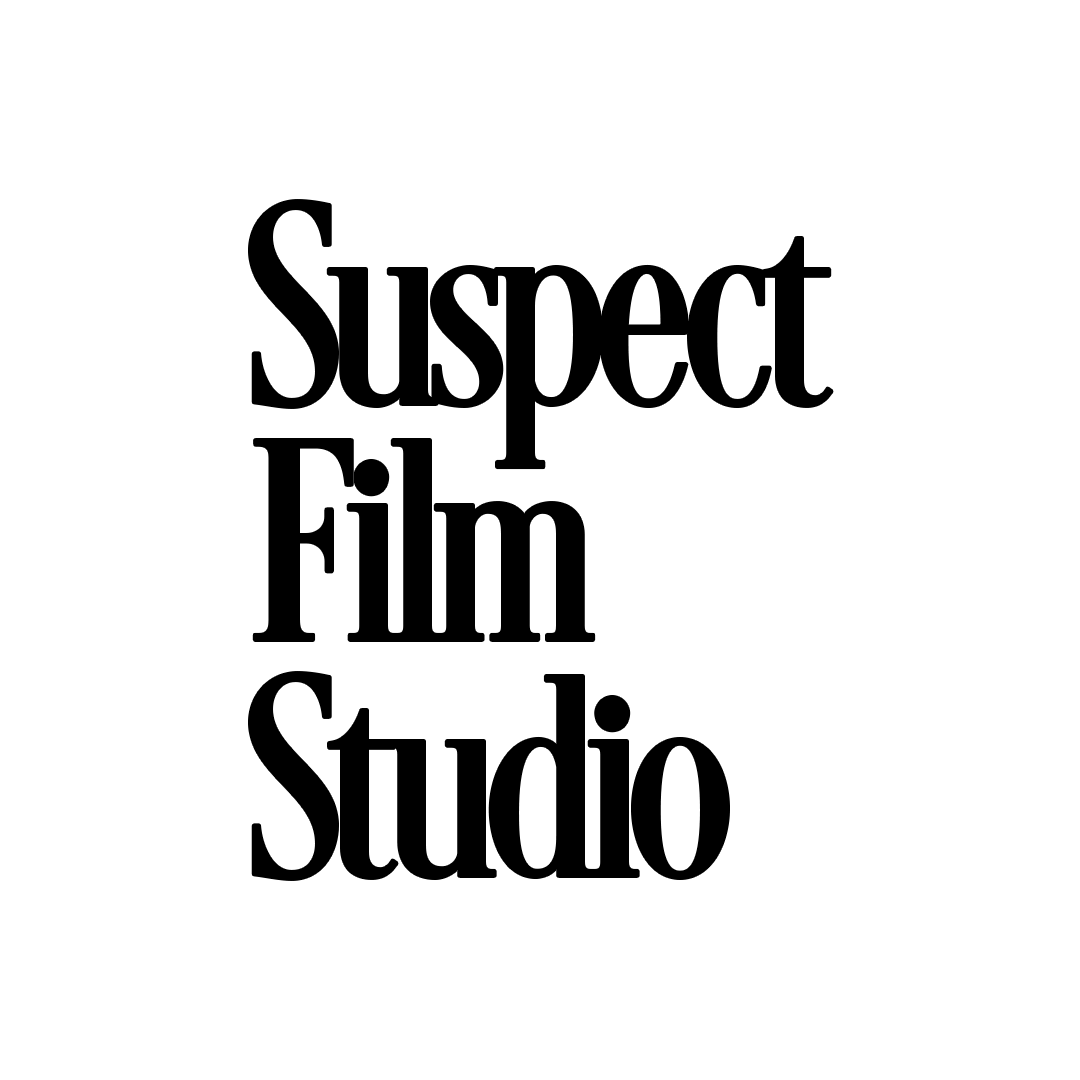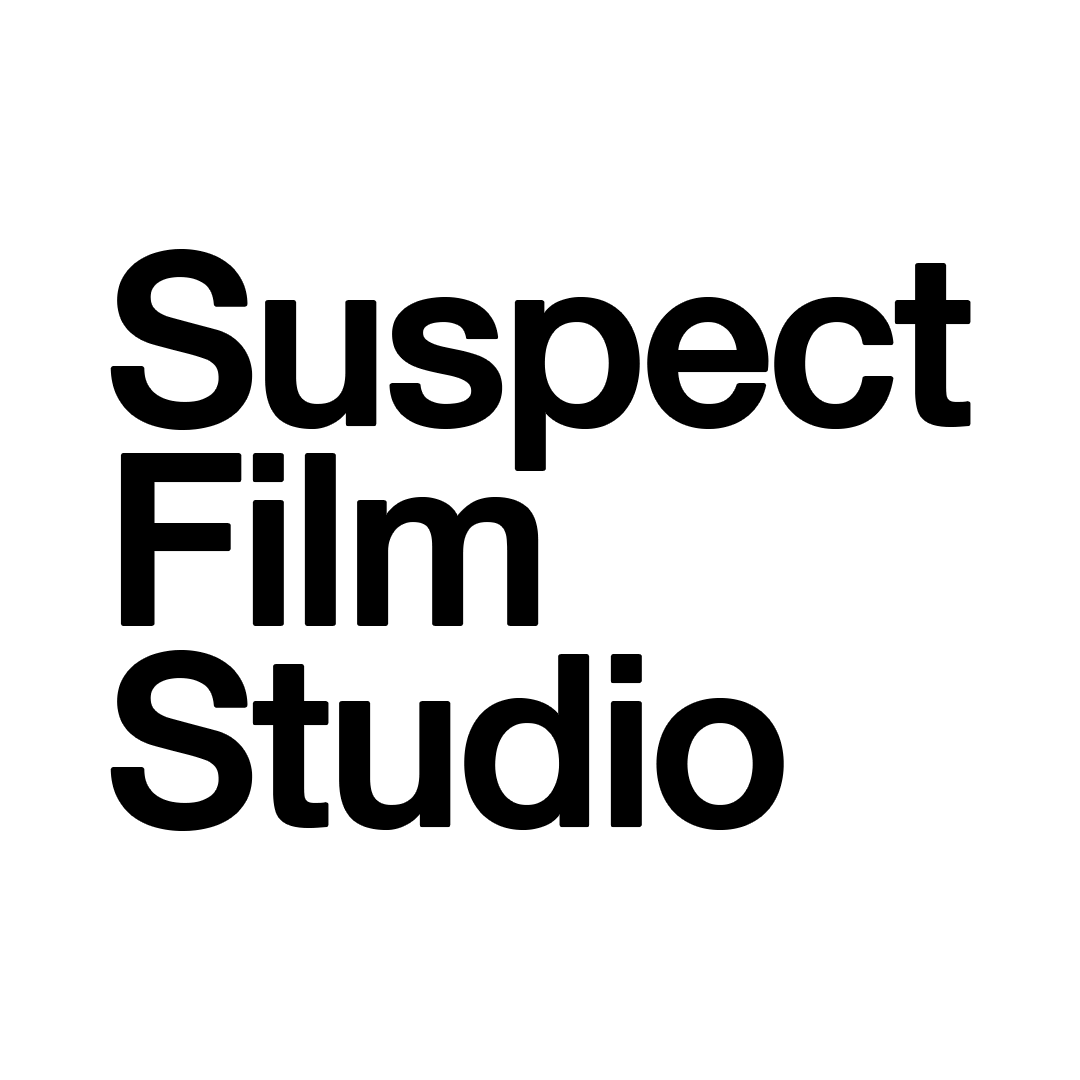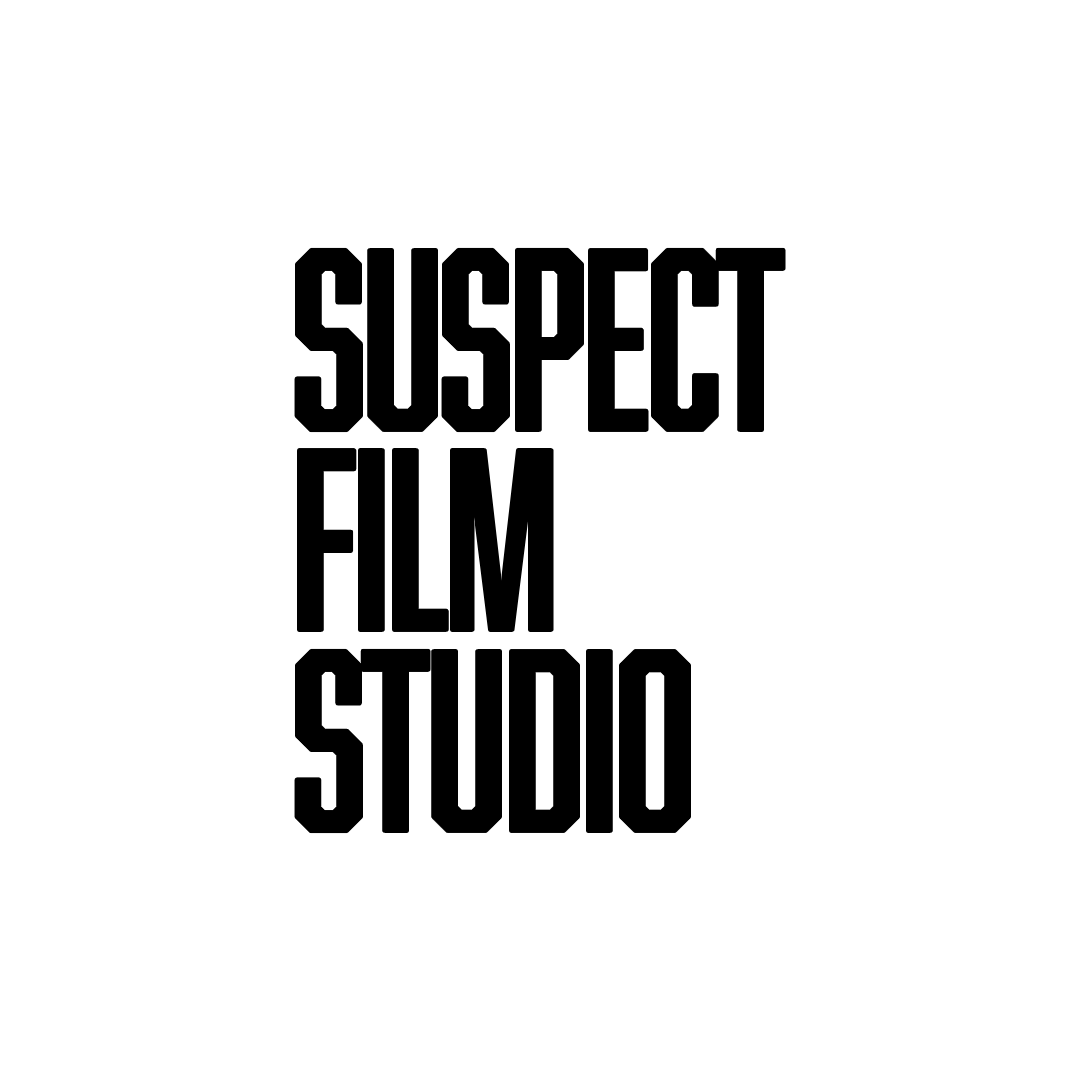Mastering Exposure with 35mm Film Cameras
As a film photographer, mastering exposure is crucial to creating great images with your 35mm film. Unlike digital cameras, film needs a deeper understanding of light and exposure settings to capture the perfect shot. Let's explore how you can elevate your film photography by mastering these fundamental concepts.
The Relationship Between Aperture, Shutter Speed, and ISO
Understanding Aperture
Aperture, the size of the lens opening, is one of the three pillars of exposure. It is measured in f-stops, such as f/2.8, f/4, and f/5.6. A lower f-stop number (e.g., f/2.8) means a larger aperture, allowing more light to reach the film and creating a shallow depth of field. Conversely, a higher f-stop number (e.g., f/16) means a smaller aperture, reducing the light intake and increasing the depth of field.
Aperture also influences the overall sharpness and clarity of your image. Using a smaller aperture (higher f-stop) will bring more of the scene into focus, which is ideal for landscape photography. However, balancing the light intake is essential to avoid underexposure.
Shutter Speed's Role
Shutter speed, the duration the film is exposed to light, is another critical element. Faster shutter speeds (e.g., 1/1000s) freeze motion and reduce light exposure, while slower speeds (e.g., 1/30s) allow more light and can create motion blur. Balancing shutter speed with aperture is key to achieving the desired exposure and effect.
On the other hand, slow shutter speeds can be used creatively to convey motion. When using slow shutter speeds, it's essential to stabilize your camera to avoid unwanted blur. A tripod can be a valuable tool in such scenarios.
The Importance of ISO
ISO measures the film's sensitivity to light. Lower ISO values (e.g., ISO 100) are less sensitive and produce finer grain, while higher ISO values (e.g., ISO 800) are more sensitive and allow for better performance in low light but with increased grain. Choosing the right ISO is crucial for achieving the desired balance between light sensitivity and image quality.
Balancing ISO with aperture and shutter speed is essential for proper exposure. In well-lit conditions, a low ISO with a smaller aperture and faster shutter speed will create crisp, detailed images. Alternatively, in low light, a higher ISO with a larger aperture and slower shutter speed can help maintain exposure without excessive blur.
Techniques for Metering Light Accurately
Using Built-in Light Meters
Most 35mm film cameras come with built-in light meters, which help measure the light in your scene. These meters often offer different modes, such as centre-weighted, spot, or matrix metering. Understanding how to use these modes can significantly improve your exposure accuracy.
Centre-weighted metering is ideal for portraits, where the subject is centrally located. This mode ensures that the subject is properly exposed even if the background is brighter or darker.
Handheld Light Meters
For more precise metering, especially in tricky lighting situations, handheld light meters are invaluable. These devices measure the light falling on your subject (incident light) or the light reflected from it (reflected light), providing more control over your exposure settings.
For more precise metering, especially in tricky lighting situations, handheld light meters are invaluable. These devices measure the light falling on your subject (incident light) or the light reflected from it (reflected light), providing more control over your exposure settings.
Handheld light meters can be especially useful for shooting in conditions where the built-in meter may not be reliable, such as in very low light or with highly reflective surfaces. They allow you to take precise readings and adjust your camera settings accordingly.
Metering in Manual Mode
Shooting in manual mode gives you full control over your exposure settings, allowing you to fine-tune the aperture, shutter speed, and ISO based on your metering. This mode is particularly useful for achieving consistent results in changing lighting conditions.
Practicing metering in manual mode will enhance your understanding of how different settings interact and improve your ability to predict and adjust for varying light conditions. This skill is invaluable for mastering film photography.
Tips for Shooting in Challenging Lighting Conditions
Low Light Scenarios
Shooting in low light can be challenging, but with the right techniques, you can achieve stunning results. Start by using a fast film (high ISO) and a wide aperture to allow more light onto the film. However, be mindful of graininess with higher ISO films.
Using a tripod in low light scenarios can also help prevent camera shake and enable longer exposures without introducing blur. Experimenting with different light sources, such as street lamps or moonlight, can add interesting effects to your photos.
High Contrast Scenes
High contrast scenes, such as a bright sky and dark foreground, can be tricky to expose correctly. Graduated neutral density (ND) filters can help balance the exposure by reducing the light intensity in the bright areas.
Bracketing your shots, or taking multiple photos at different exposures, can also help manage high contrast scenes. This technique allows you to choose the best-exposed image or blend them in post-processing for a balanced result.
Backlit Subjects
Photographing backlit subjects can create beautiful silhouettes or highlight the subject's edges with a soft glow. To achieve this, you may need to adjust your metering to ensure the subject is exposed correctly without losing details in the background.
Using a reflector or fill flash can help illuminate the subject's front while maintaining the backlit effect. Experiment with different angles and distances to find the optimal balance between subject and background lighting.
Conclusion
Mastering exposure with your 35mm film camera is a rewarding journey that combines technical knowledge with creative expression. By understanding the interplay between aperture, shutter speed, and ISO, employing accurate metering techniques, and adapting to challenging lighting conditions, you can elevate your film photography to new heights.










